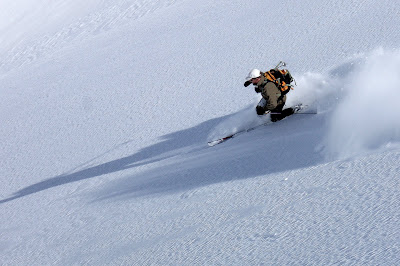Rest in peace, Sadie girl. You earned it. Go on home now, Sadie. Go on home.

Sadie
Sadie, white coat,
carry me home.
Bury this bone,
take this pine cone.
Bury this bone
to gnaw on it later; gnaw on the telephone.
'Till then, we pray and suspend
the notion that these lives do never end.
And all day long we talk about mercy:
lead me to water lord, I sure am thirsty.
Down in the ditch where I nearly served you,
up in the clouds where he almost heard you.
And all that we built,
and all that we breathed,
and all that we spilt, or pulled up like weeds
is piled up in back;
it burns irrevocably.
(We spoke up in turns,
'till the silence crept over me.)
Bless you
and I deeply do.
No longer resolute
and I call to you.
But the water got so cold,
and you do lose
what you don't hold.
This is an old song,
these are old blues.
This is not my tune,
but it's mine to use.
And the seabirds
where the fear once grew
will flock with a fury,
and they will bury what'd come for you
Down where I darn with the milk-eyed mender
you and I, and a love so tender,
is stretched--on the hoop where I stitch--this adage:
"Bless this house and its heart so savage."
And all that I want, and all that I need,
and all that I've got is scattered like seed.
And all that I knew is moving away from me.
(And all that I know is blowing
like tumbleweed.)
And the mealy worms
in the brine will burn
in a salty pyre,
among the fauns and ferns.
And the love we hold,
and the love we spurn,
will never grow cold
only taciturn.
And I'll tell you tomorrow.
Sadie, go on home now.
Bless those who've sickened below;
bless us who've chosen so.
And all that I've got
and all that I need
I tie in a knot
that I lay at your feet.
I have not forgot,
but a silence crept over me.
(So dig up your bone,
exhume your pine cone, my Sadie.)
But Grandmother Spider told me that death is as much about happiness as it is sadness, that it's a time to celebrate as much as it is to mourn. And I believe her. And music is the great catalyst that takes us to places near and far, young and old, happy and sad. So here is a small collection of toe-tapping, flat-picking songs about another Sadie, more famous but not nearly as fortunate as the furry one that made her home in Missoula, Seattle, and Olympia.
Don't be sad, Bub. Or at least be as happy as you are sad. Within you was her best companion as it was with her for you. And in the end all we have are companions and the love we give each other. Death, like birth, are links on a chain, support beams for an unknowable web. Sadie has fulfilled her promise to you and now it's your turn to let her rest.
Photo credit: Grandmother Spider


















